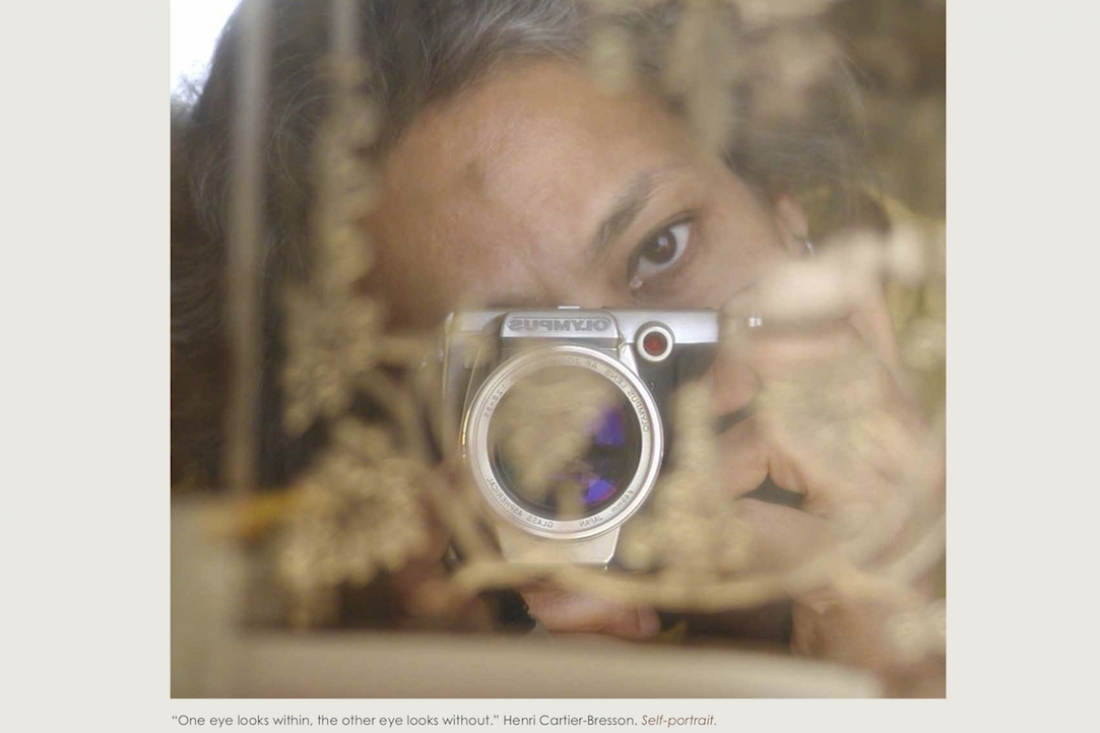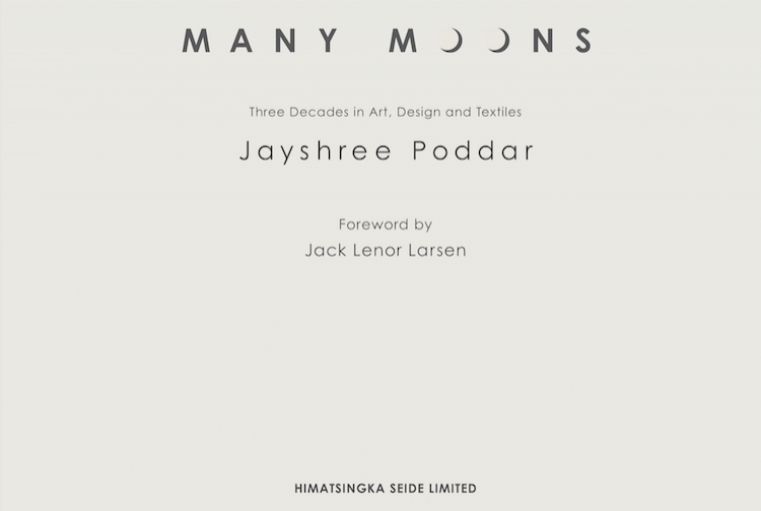

Jayshree Poddar, design director at Himatsingka Seide Ltd, has completed her book on 30 years of being in the textile industry. The book is called Many Moons and is a collection of personal narratives; stories about her engagement and dialogues with textiles, which has been her principle medium of expression. The book encompasses her journey of over three decades that has seen the waxing and waning of many moons. We had a chance to interview the design legend behind the creation of one of the most simple and gripping visual books.
How were you introduced to the world of Textile design and how and why did you decide to carve a career in this field?
As a young girl, I always wanted to connect myself to arts and crafts. So as a kid I was always wanting to make things, and it was the area of ceramics that interested me the most but somehow I decided to join a post graduate program of textile.
Tell us about your journey as a designer so far.
It has been very interesting and fulfilling. Full of discoveries and surprises. Actually, my brother-in-law, Dinesh Himatsingka, who’s started the company called Himatsingka Seide Ltd., just outside of Bangalore, he was already weaving fabrics for interiors, on the handlooms in Bihar and Bangalore. So as a young person I was introduced to the making of cloth as I joined his company in the handloom sector. It was really fascinating and now in the company that I work acts as a playground for me. Of course you have to be disciplined and do your job but it is as much about self discovery a it is about making products for the international market.
What led to the conceptualisation and the birth of Many Moons?
You know the down the line, which is almost three decades, I thought we always want to make new things, but its better to look back and go down the path and see what you did and why you did it. I had such need to explain why I do what I do. So, this book came from that necessity of telling your story to the world and also to myself. You know, the romantic that I am, I saw the passage of time and fallen leaves on my terrace from the death of a tree, and the image of that is in the book also, there were green leaves and also more golden leaves and brown ones also and that for me was a very good imagery to understand the passage of time. So, I thought I should capture that through my book which I call many moons.
How challenging was it to sift through the immense amount of experiences you’ve had over the past three decades and curate them for your book?
Well it seemed very daunting in the beginning because I knew the size and shape of the book. It was meant to be a 12inch by 12inch square. It needed to look like a journey and it required that presence of certain number of stories so there are nine chapters in the book. I decided to write myself and you know many of the images in the book are from my cellphone. Afterwards I hired a photographer and my graphic designer was with me from right the beginning who helped me select the right images because I have done hundreds of fabrics and to decide which ones to include turned out to be a very organic process

Would you like to share with us a memory that you haven’t shared in the book but has had an impact on you as a designer.
You know, it may not be classified as a memory, but I would say that the journey, which can be called spiritual, I have to always find what is life about, and its my constant searching. So it is this aspect that has informed my journey and it is not as much a memory as it is an ongoing process. So all the insights you get on this path, of who we are as human beings and where we are heading and what is consciousness, you know that has been a constant in my life from a very young age and perhaps that has also informed the creation of this book. And if I have to talk about a memory I would talk about my parents, the memory of the mother an father and their constantly encouraging presence
Can you introduce us more intimately to your design vision and what you intend to present as a Textile Designer?
Well textile is my medium and it is this certain kind of mechanism that allows certain patterns too be woven on a fabric. While modern technology makes conceptualisation and the delivery of product from concept quite easy, so actually one can make anything that one wants with whatever character and surface quality that you want but, I would answer this also in relation to my earlier answer about the consciousness you know. I look at this as the material medium, which happens to be textile in my case and reflecting consciousness, because matter you know, whether it is clay, or soil, or rock or cloth, does have consciousness in my understanding, but its hidden and inert. So in my larger vision I would say that maybe that aspect of consciousness is what I want o reflect through the products I make. This would imply also being conscious of what you’re thinking and how you do things. And therein also the overall concept of what is consciousness and to what extent is it present or not present in matter and how to express it as well.
Can you tell us about designers and labels that have influenced your work so far?
I would actually like to name more of artists you know, like Picasso, Vincent Van Gogh, and more recent contemporary artists like Bridget Riley and weavers like Annie Albert, also the Indian sculptures and so many Indian artists.
Lastly, what are your views on the Indian Design industry and its future?
I think there is a lot of energy and effort being put in by the young people and that is very hopeful, even in relation to Indian crafts. But I do believe that rather than aping the west, that many are very conscience of, it should be more seeped in our identity and even in our geography, to make it different from what is happening internationally. It should arise from one’s own identity and what surrounds us and informs our culture. I think if the Indian designers can pick up this then that is the right future for design in India you know. There is always a certain purpose to what an artist makes and it is similar and repetitive to what the west does, the other countries will never make a mark and you know we won’t be able to define what is ‘Indian’ you know. This has to not look ethnically Indian but it should carry something unique of our culture.
TEXT Nidhi Verma